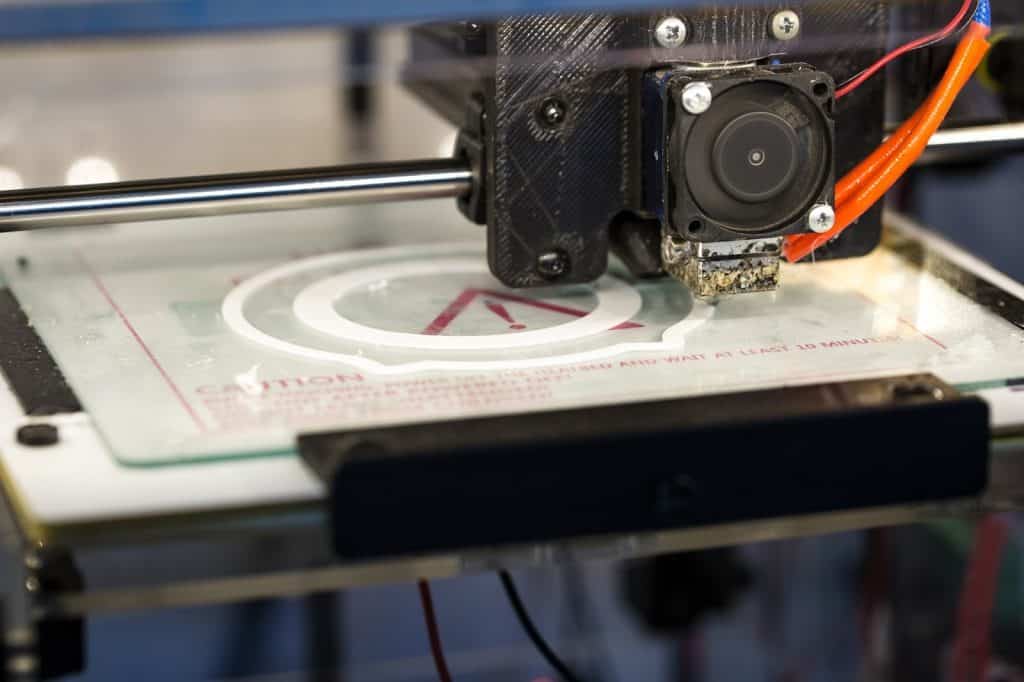Thanks to the efforts of the ESA, extra funding is entering the UK space industry to make it easier for a British rocket company to develop space innovations. These innovations in new space technologies will help establish the country as a new player on the global market. Additionally, the UK government is improving its efforts to boost the nation’s space industry by embarking on a new agenda of funding. Legislation is already being put into place to help the average rocket company negotiate a path to further rocket launches in the future. Some of these will come from new spaceports that are being constructed in semi-remote regions of the British mainland’s coastline. The rocket company development model makes it easier for space startups to develop ingenious solutions to help the future of space exploration.
3D Printing Technologies in Rocket Design
It’s becoming more common to find a rocket company or manufacturer of small satellites using 3D printing technologies in the design and manufacture of their technology. One rocket company even managed to make an entire 3D-printed engine that’s powered by liquid oxygen and clean-burning bio-propane. These designs also incorporate outstanding reusability in the technology to make them more cost-effective and sustainable to use. These new space technologies certainly seem to be where the future lies for the space industry. Launching a rocket is costly and expensive for any rocket company, and the process naturally requires a great deal of fuel. By incorporating reusability, perhaps such a rocket company can help make the space sector become more environmentally friendly.
Micro Launchers to Fill Gap in the Market
Elsewhere, the space technology industry seems to be looking to scale down rocket designs to fill the gap in the market left by the larger rockets. When clients arrange for their payloads to be transported onboard a massive rocket, they are at the whim of the rocket company’s schedule. Additionally, these big rocket launches often fall victim to delays because of the huge scale of the operation. This is where an opportunity emerges for a small rocket company to step forward. These firms can develop micro launchers that provide a more agile commercial framework to customers. Although the cost-to-weight ratio of using a micro launcher is higher than the big rockets, micro launchers offer customers more choice about where their small satellites can be transported. Additionally, the turnaround on a micro launcher is shorter for a small rocket company launch, so the customer can have their payload in orbit faster. For companies in a dog-eat-dog race to stay competitive in the marketplace, these are important considerations. We can liken it to the difference between taking a bus or using a taxi: a bus is always cheaper, but a taxi can transport us to our exact destination much more quickly.
Venture Capital Quick to Embrace the Rocket Company
The pace of development in space innovations only seems to be increasing as time goes on. Investors and decision-makers in the world of venture capital have realized that a new gold rush is taking place above the Earth’s atmosphere and are keen to get a slice of the pie. This is good news for the space industry and space exploration, as new investment floods in to allow engineers to create new space technologies. One rocket company has helped further the reusability of their rockets by creating an engine that partially runs on waste plastics. Such an innovation would be difficult to conceive of in the private rocket company sector twenty years ago.
Space Agency and Private Rocket Company Cooperation
It’s a sign of the times that even the established government space agencies are keen to look for assistance in the commercial space sector. Bodies like NASA and the ESA are increasingly looking toward space startups for space innovations that can help them complete larger space exploration programs. NASA’s Artemis Program is poised to return men and women to the moon before the end of this decade. While the COVID-19 pandemic has caused some delays, turning to the rocket company sector has allowed them to mitigate delays to their projects. Small startups boast outstanding agility and can maintain their supply chains in the face of commercial disruption. It would appear that space agencies collaborating with the private sector to further the development of space tech have made a wise decision.
Final Thoughts
The headline-grabbing stories about modern space exploration are currently dominated by the big private firms and their celebrity entrepreneur owners. However, as time goes on, we may see that the really outstanding contributions to new space technologies are more likely to come from a medium or small rocket company. Small startups can bring developed products more quickly and share the talents of all their personnel instead of being beholden to the grandiose ambitions of a single stakeholder. As we see in the UK space industry, the smaller rocket company startup model has the potential for an outstanding economic contribution that will only increase as time goes on. Are there any new space technologies that you’re particularly excited about? Let us know in the comments section below.
